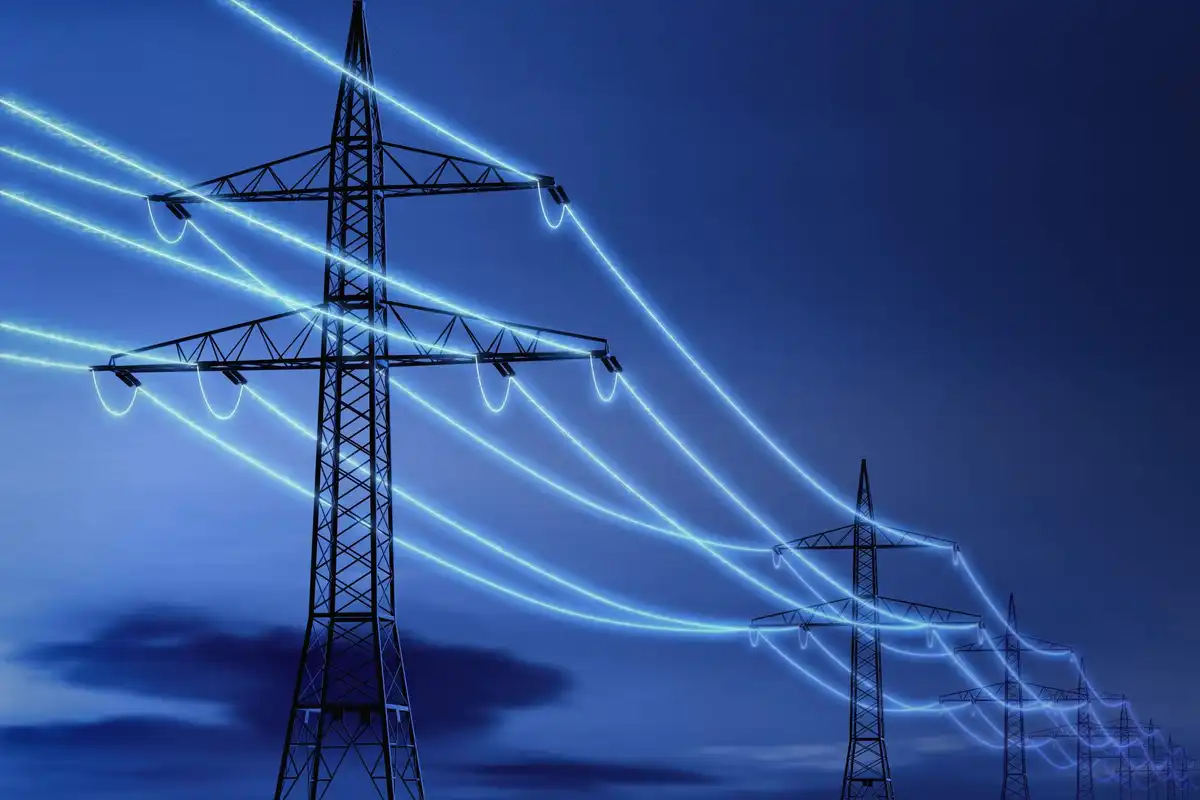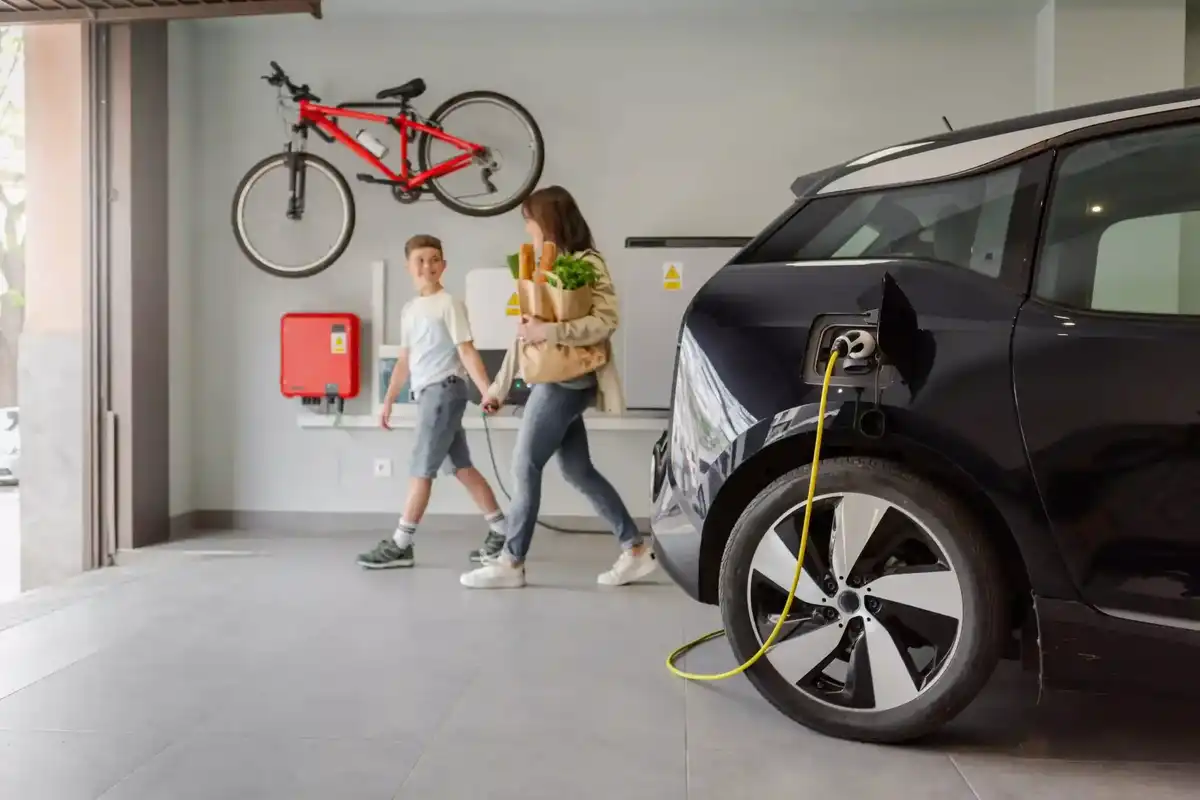Houston unveils details for first-of-its-kind art installation that generates clean energy
power of art
Local and state leaders shared updated plans this month on a first-of-its-kind structure that uses art to generate solar energy.
Slated to be located at Mason Park in Houston’s East End, the new "Arch of Time" is a freestanding sundial art installation that will generate 400,000 kilowatt-hours of power per year using 60,000 solar photovoltaic cells on its south-facing exterior.
The project will be part of a larger pavilion at the park and is being led by the renewable energy organization Land Art Generator Initiative (LAGI). Architect Riccardo Mariano will design the space. It will be funded by donations and cost $20 million, organizers say.
The project, originally known as "Arco del Tiempo," was announced in 2023. At the time, the city shared the installation would be installed at Guadalupe Plaza Park in 2024.
The project's latest update was announced during Houston City Hall’s Earth Day 2025, where organizers described it as "a monument to Houston's past, present, and future leadership as the energy capital of the world."
The 100-foot structure will also serve as a 25,000-square-foot shaded area, or microclimate, during hot days. It will also feature a stage performance space and a power hub for emergencies. Due to the artwork's north opening and south narrowing, it is also expected to help channel the breezes, according to LAGI.
The organization says it is also expected to generate enough power to fuel all of Mason Park.
“Mason Park will soon, perhaps become the first major park in the country that is powered entirely by the sun,” Houston City Council Member Joaquin Martinez said at the news conference. “The economic benefits are clear.”
Former Houston Park and Recreation director Joe Turner selected the East End park as the location of the arch and believes it could be used as a STEM tool for students.
“All the STEM education that can come from the way we use the solar collectors, the way it has a water collection system that's going to collect the runoff water, there's so much we can do to teach kids STEM,” said in a Houston Park and Recreation Department video.
The project is about two years away from being completed. LAGI says the Arch of Time will be the “first public art project of its scale to stand as a net-positive contribution to a sustainable climate.”
- Houston-area solar farm to light up Texas with clean power for 15,000 homes ›
- Report: Texas solar power, battery storage helped stabilize grid in summer 2024, but challenges remain ›
- City of Houston issues report highlighting progress of climate, sustainability plans ›
- City of Houston’s EV fleet and charging capabilities are set to expand ›








 Air Liquide and Hyundai agreed to expand hydrogen refuelling networks, storage capacity and more at a meeting in Seoul last week. Photo courtesy Air Liquide.
Air Liquide and Hyundai agreed to expand hydrogen refuelling networks, storage capacity and more at a meeting in Seoul last week. Photo courtesy Air Liquide.
